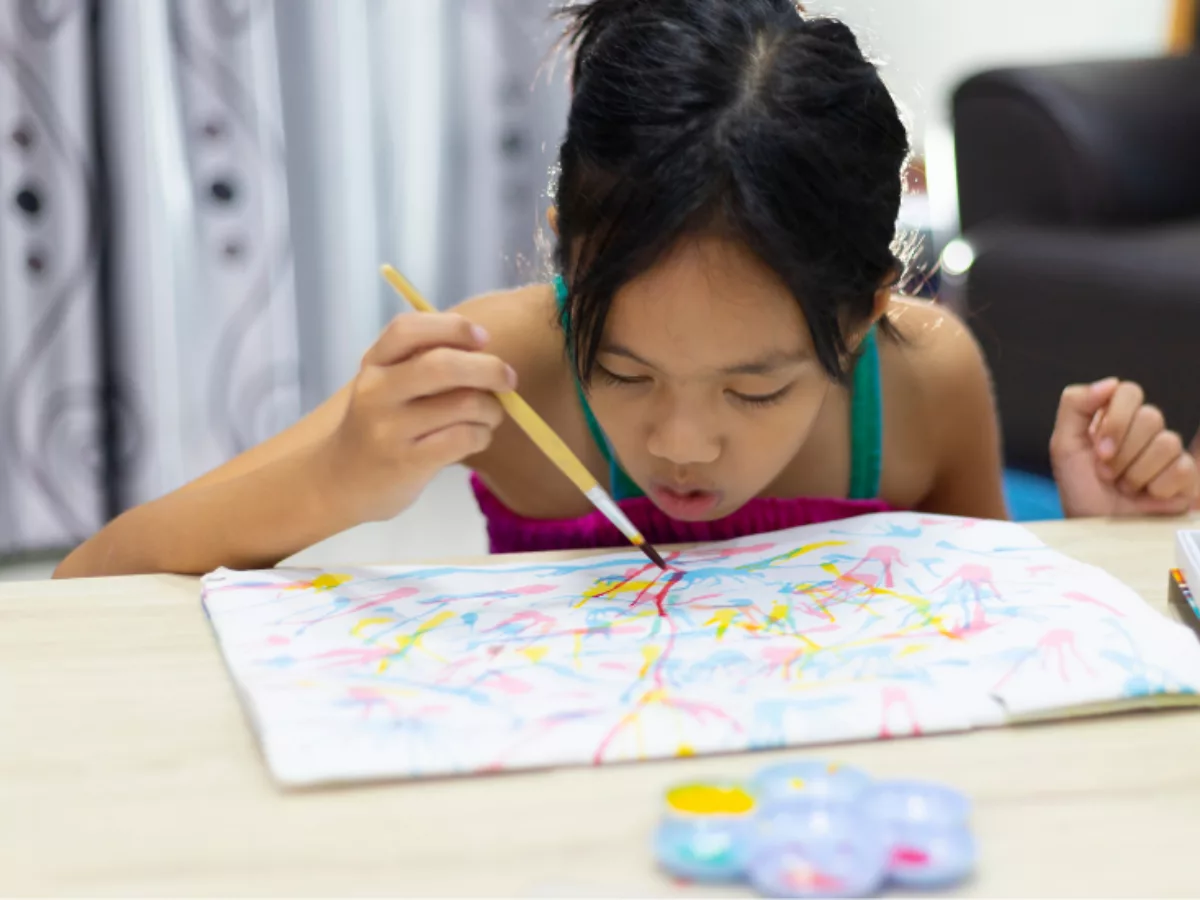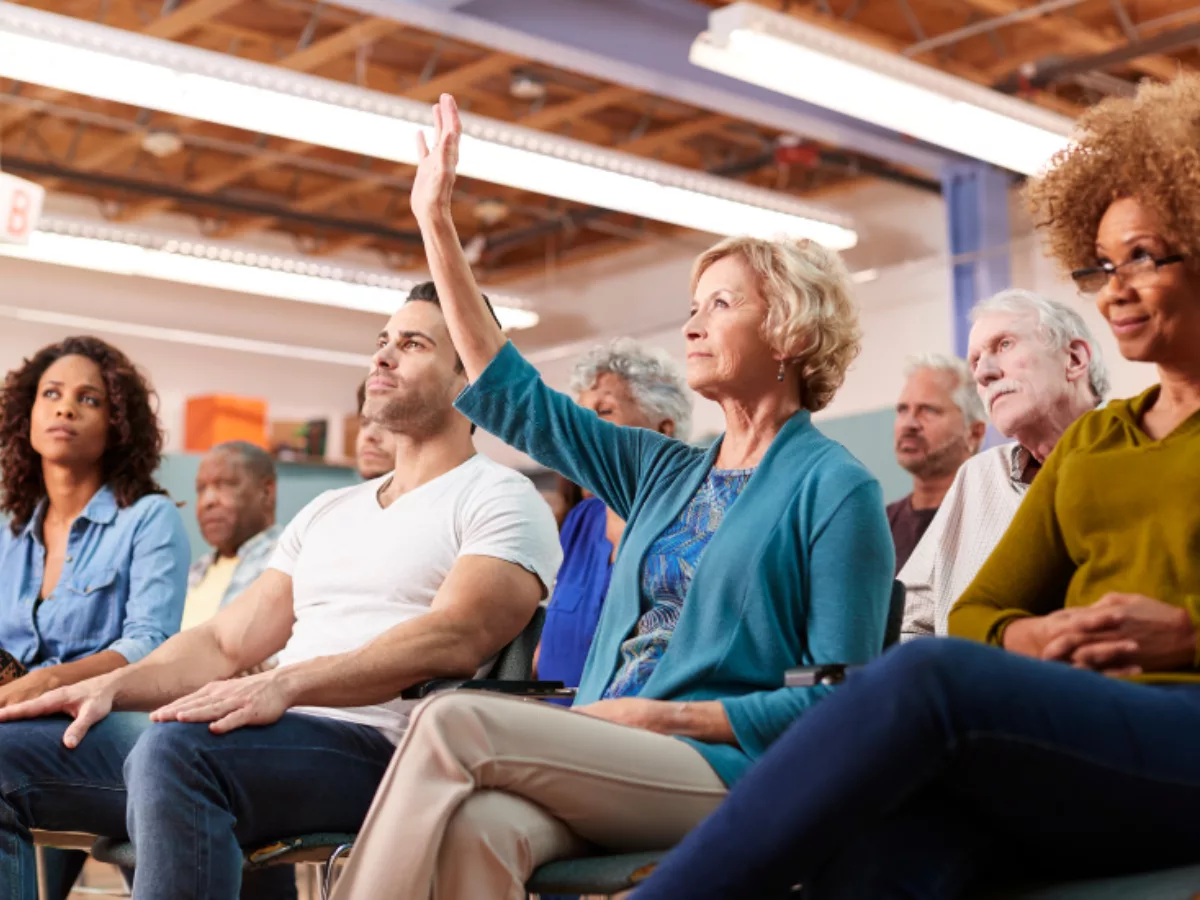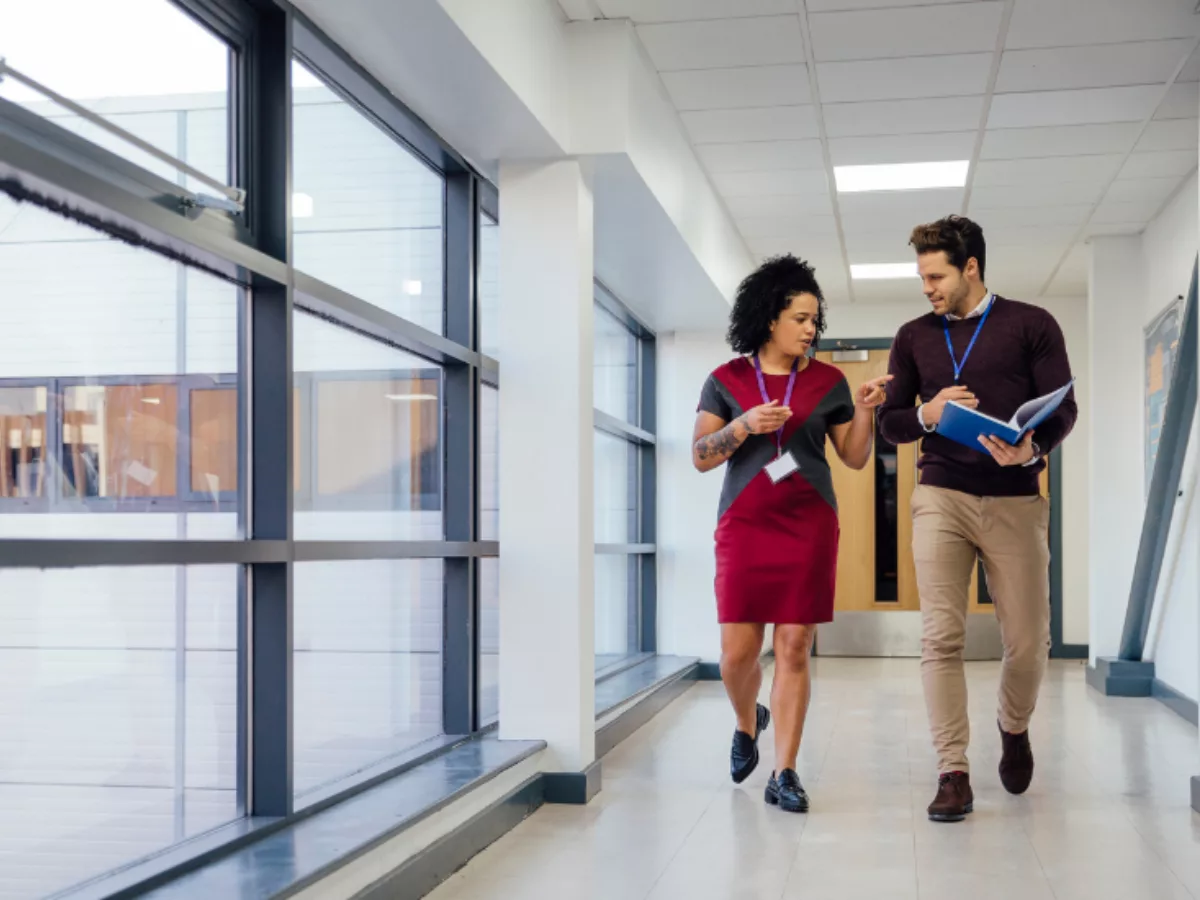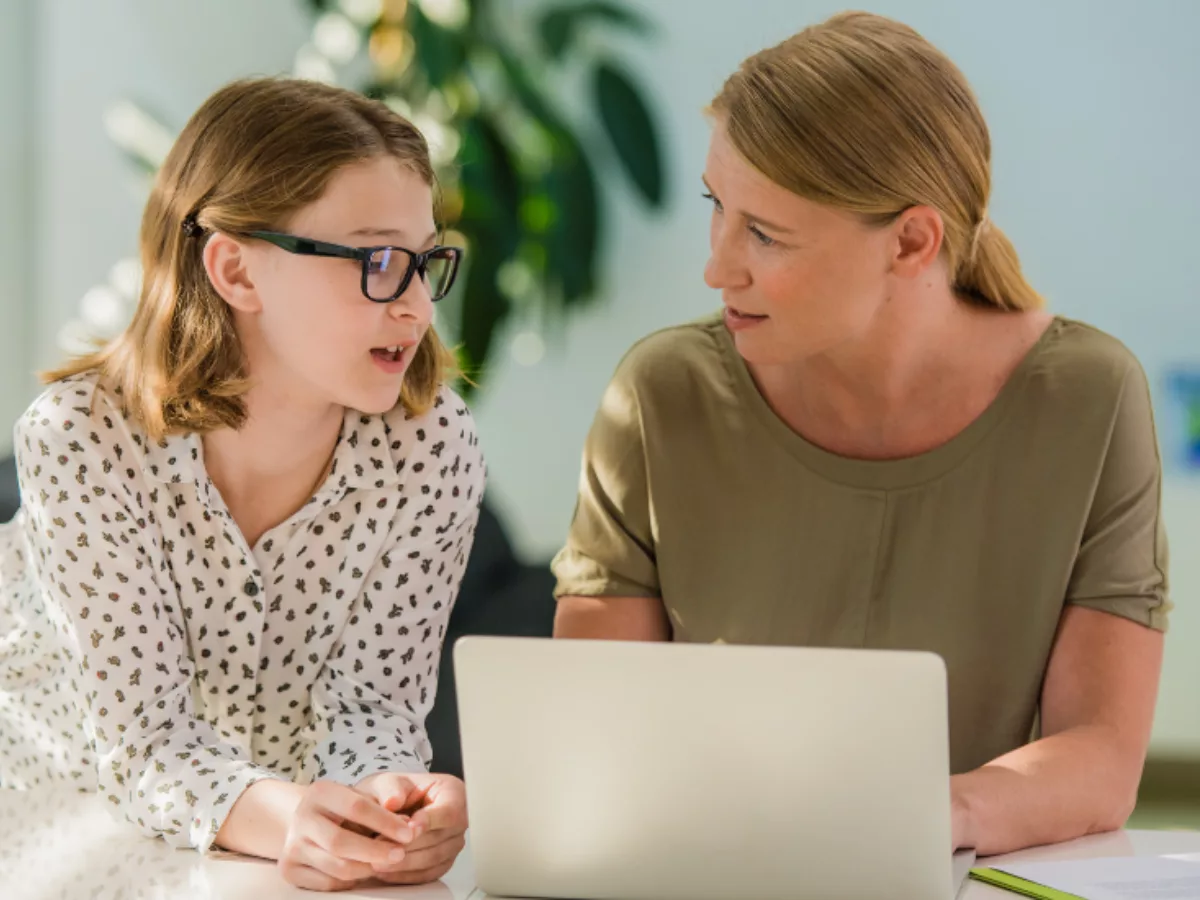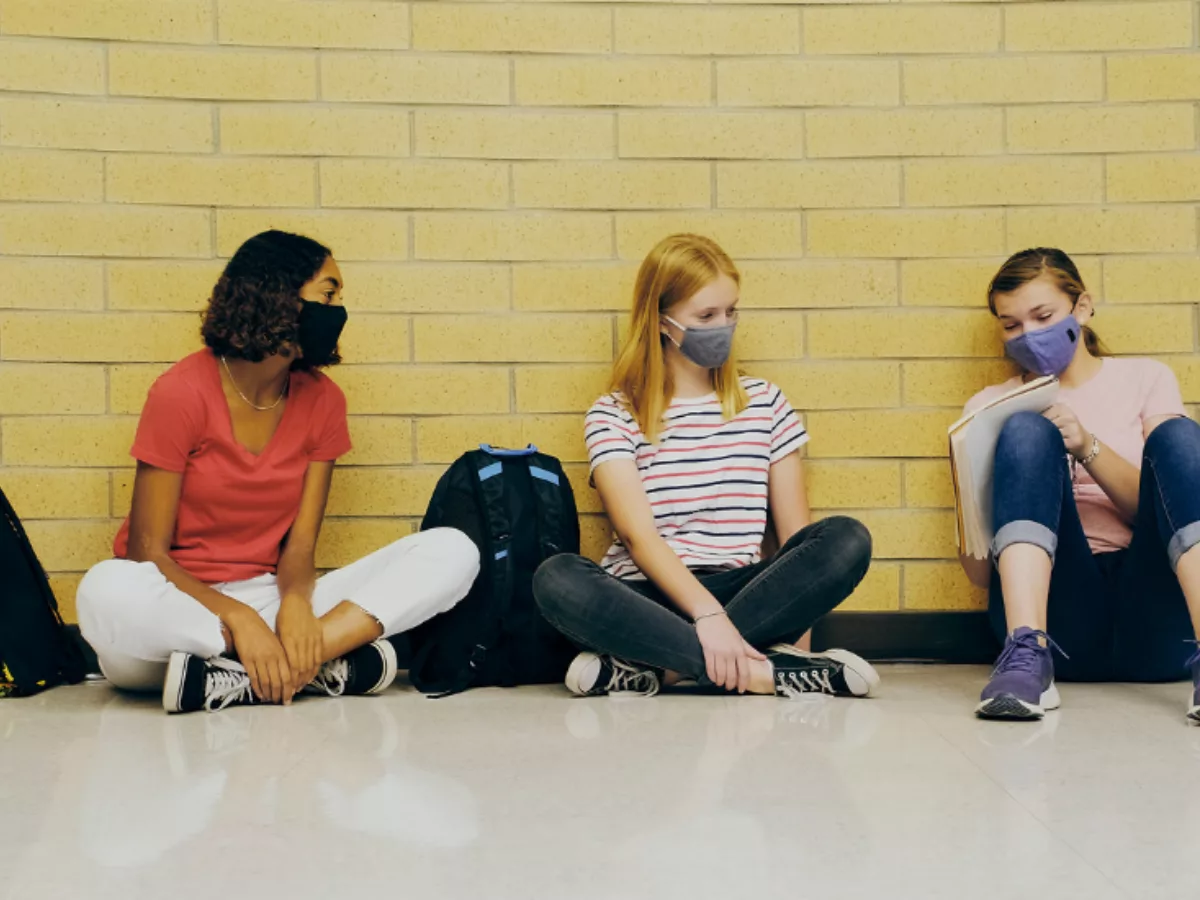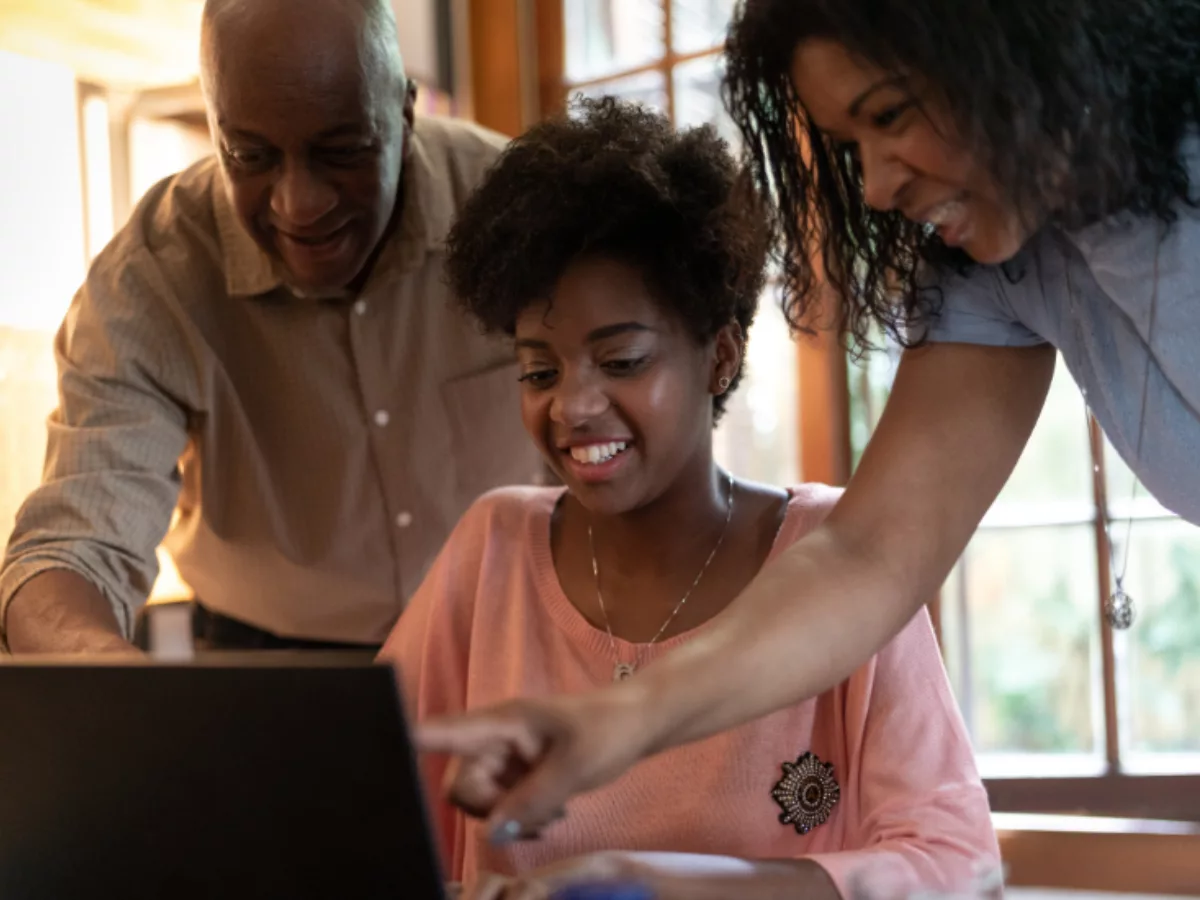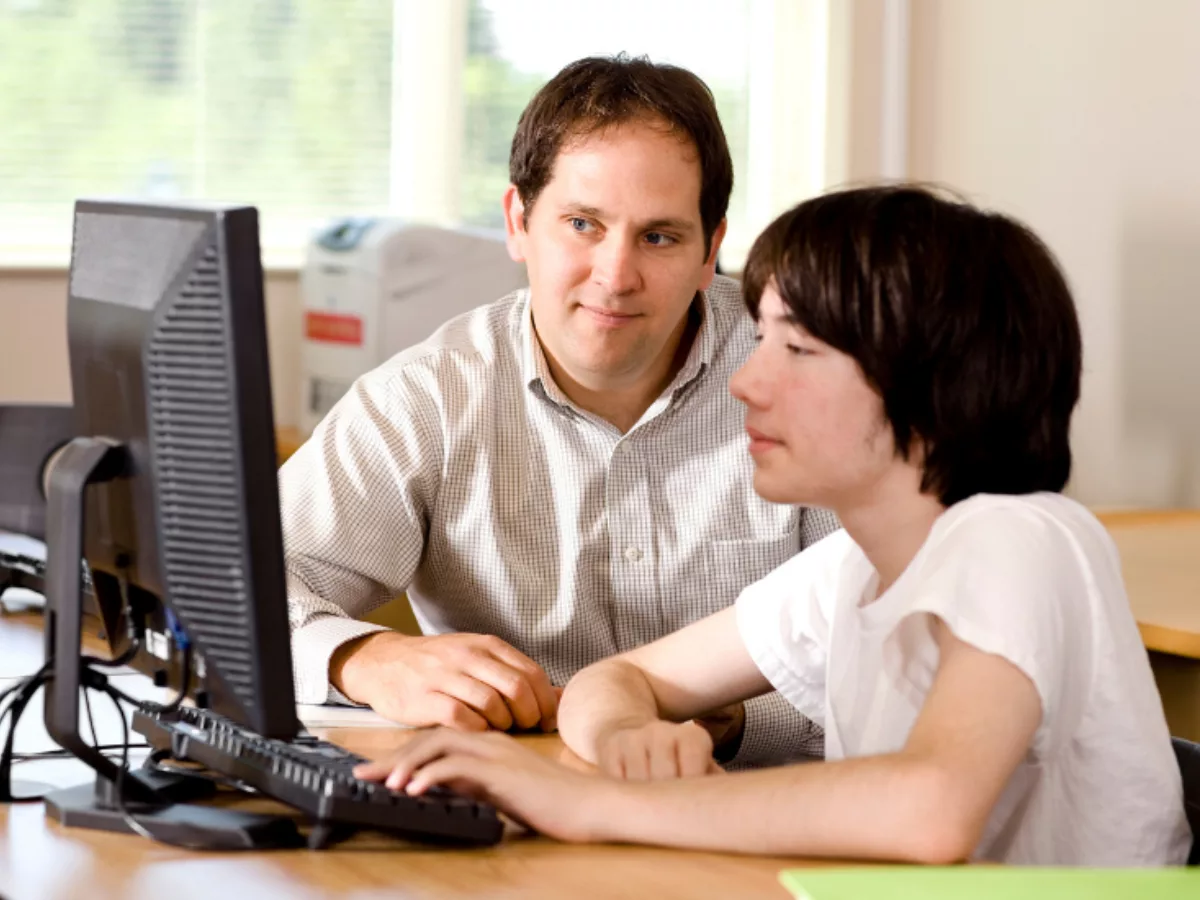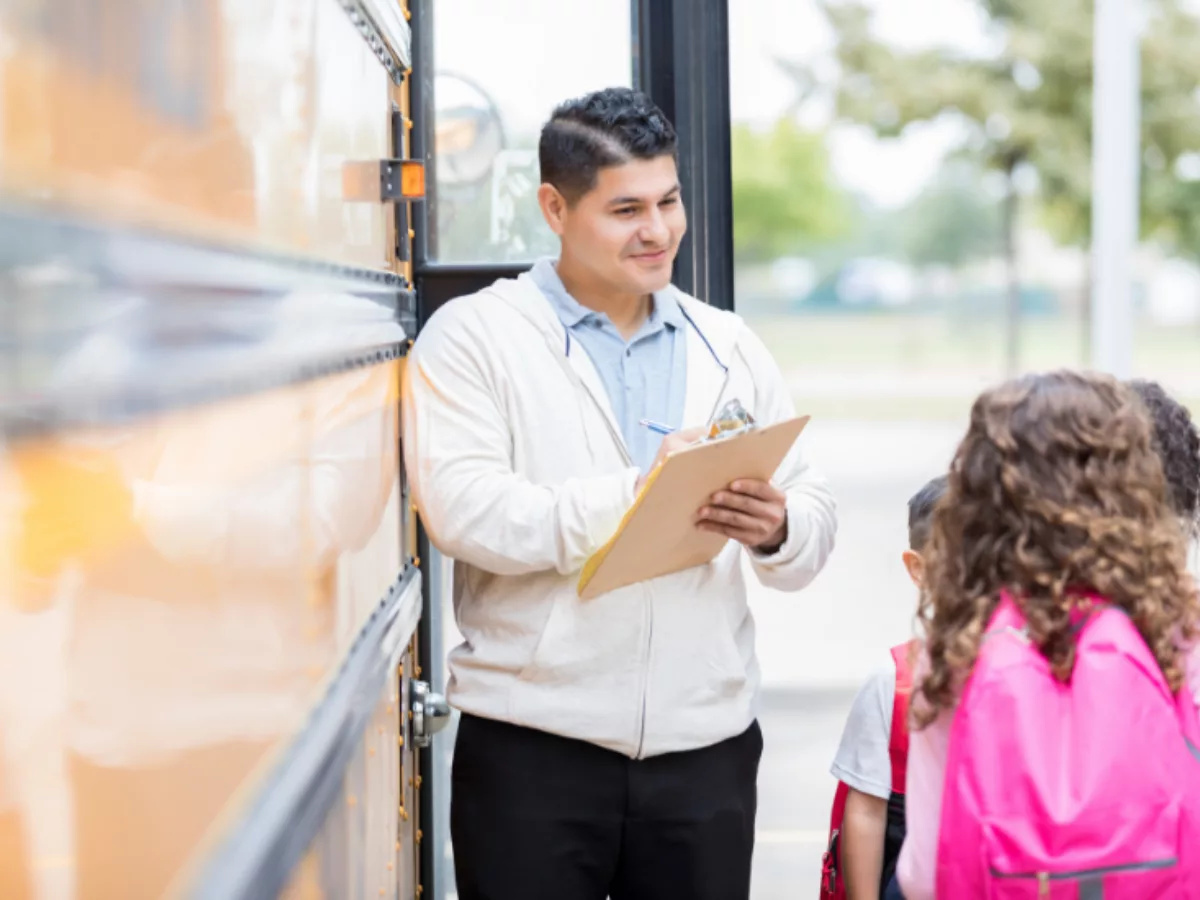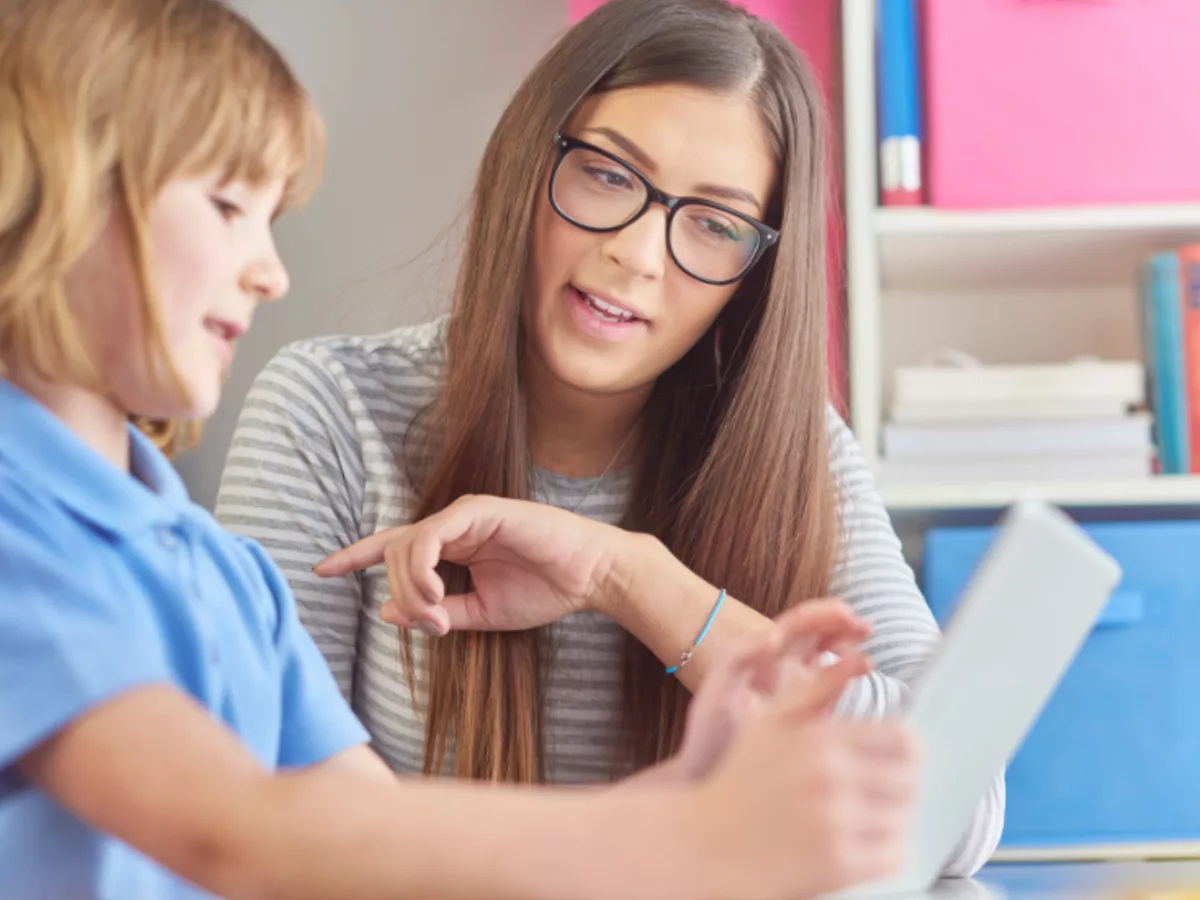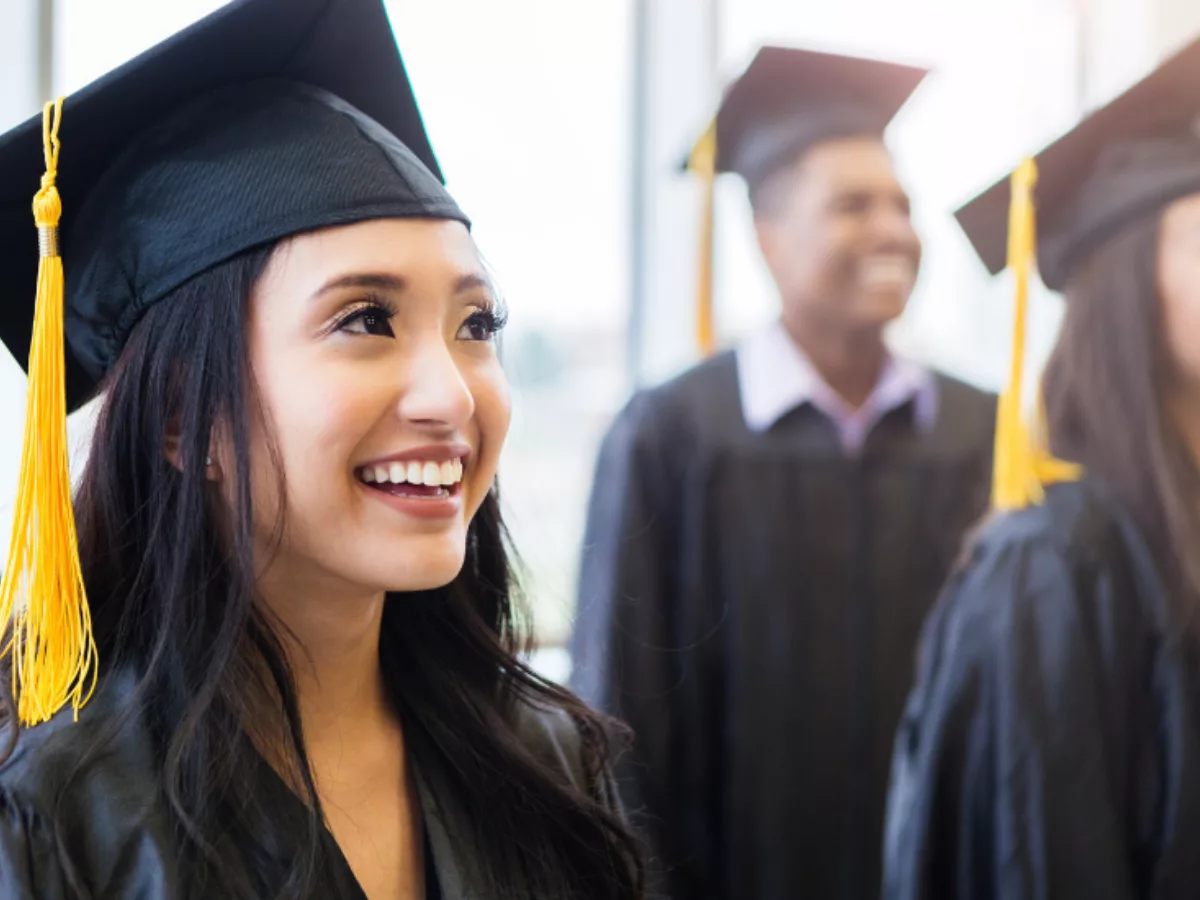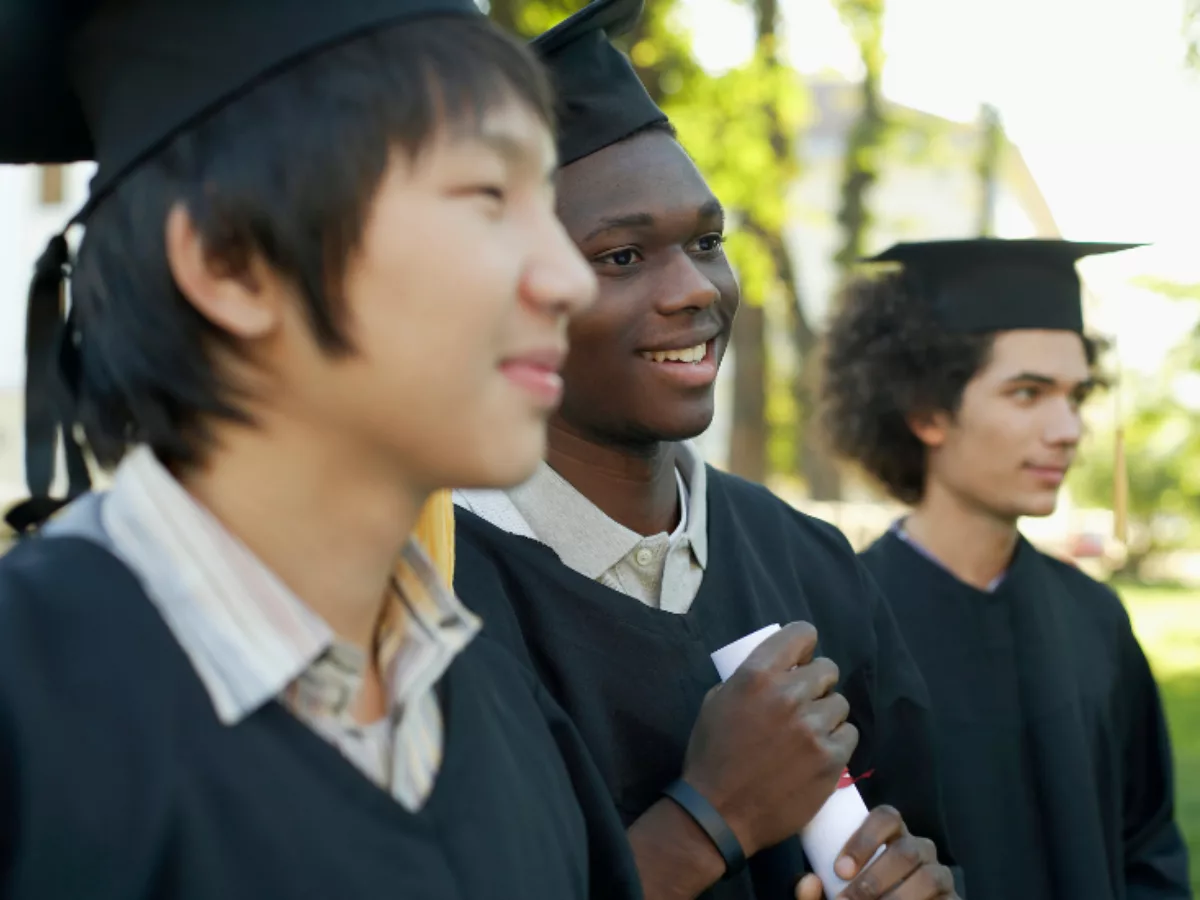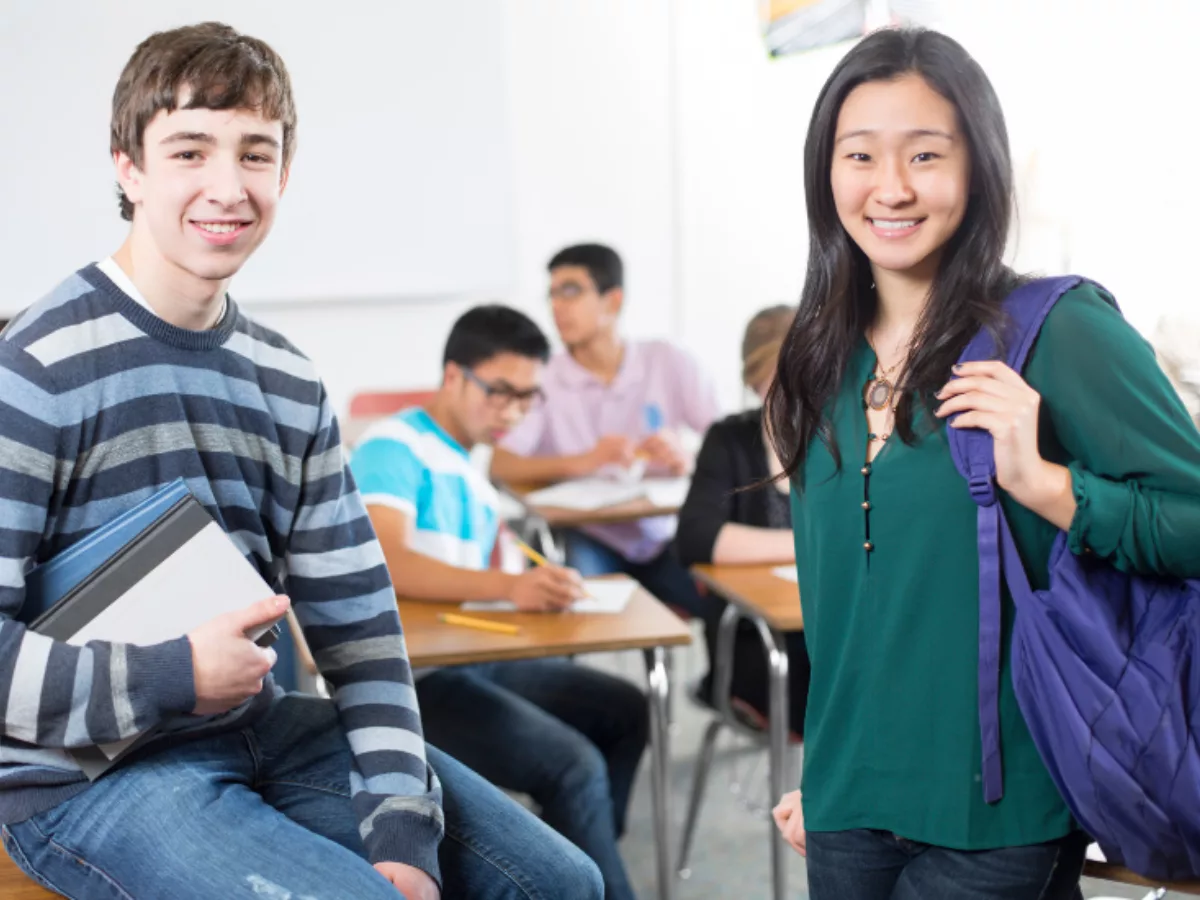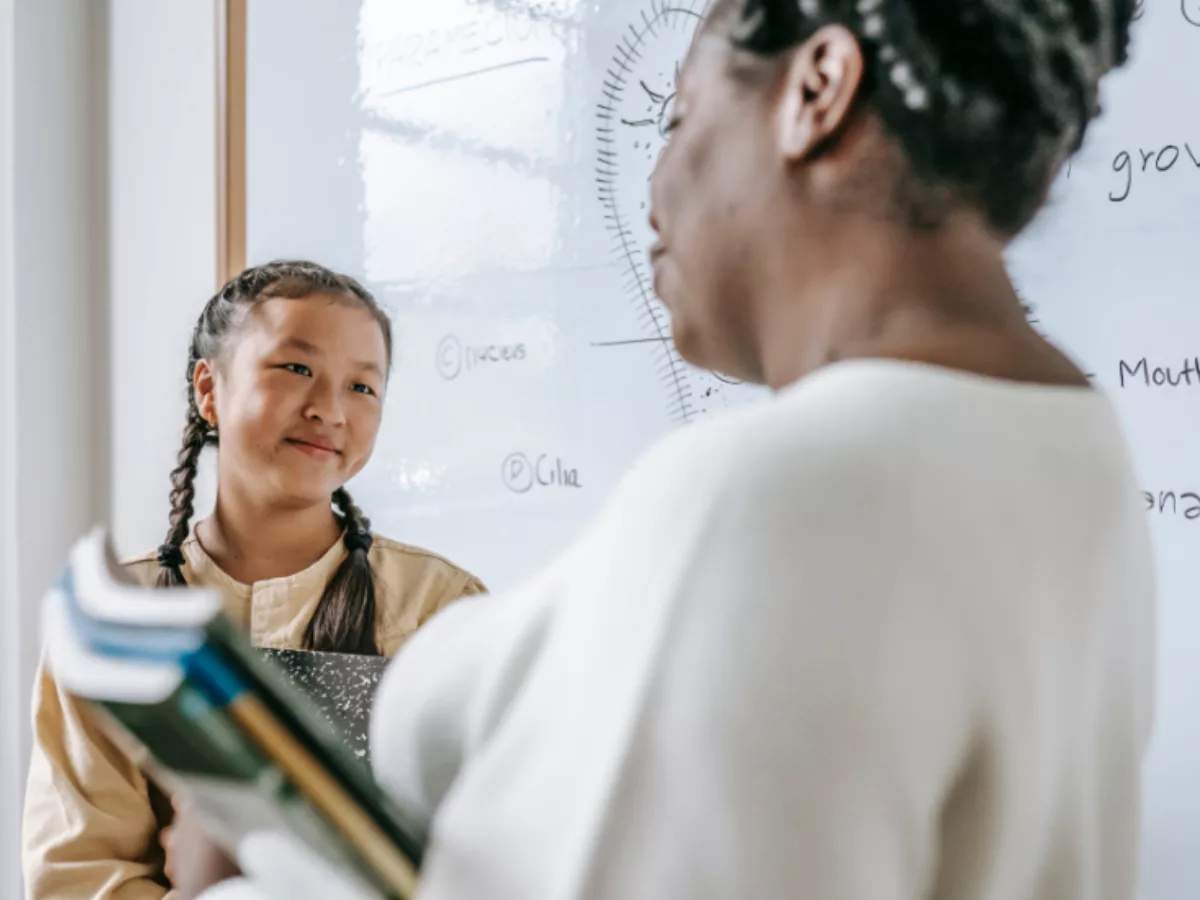
- Introduction
- Hops, Skips, and Leaps in Practice
- Shifting Conditions
- Take It Forward in Your Context
- Research & Resources
Shifting Conditions
The success educators have in developing new teaching and learning practices can significantly depend on the systemic conditions in which they operate. The right conditions can accelerate progress, helping new approaches take flight. Unsupportive conditions will force educators and students to work against gravity, wasting energy or working at odds.

This was, perhaps, never more true than during the pandemic. Driven by the urgency of meeting new needs, schools and districts seeking to improve and innovate had to move with agility, proximity, and transparency. Given the sustained duration of the crisis, short-term behavior changes morphed into new habits and mindsets.
Explore the ways schools and districts figured out how to:
Create new, essential supports for implementing hops, skips, and leaps practice
Shift core structures and systems to increase resources and reduce friction, enabling greater agility and responsiveness
Drive forward progress through leadership processes that engaged and built collective ownership for solving challenges
As you explore these examples, consider how these different shifts might be relevant to your own school or system.
Adopting new hops, skips, and leaps in practice meant quickly putting aligned supports in place around students and teachers. Leadership teams needed to quickly build teacher capacity through targeted professional learning structures that modeled new instructional expectations. Centrally-created instructional materials spurred focus on priority learning standards, lowering the planning and resource curation lift for teachers. New partnerships and people capacity created additional, critical wraparound supports for students and families.
Supporting Staff Professional Learning
Leaders leveraged remote tools and approaches to offer learning opportunities to educators – teachers and leaders – that were more agile and personalized. Teachers were able to opt-in to the support and development they needed as well as collaborate across sites more effectively.
I think that there is a shift in terms of teachers learner that has been monumental. I think they see themselves as co-learning with students, and some of that guard that comes out as 'I deliver; you listen' has been broken down a little bit to where everybody learns from everybody. What's been really also amazing to see is the professional collaboration in staff and team meetings - just sharing knowledge and practices among each other. I think that the 'everybody learns from everybody' approach really decreases some of the anxiety.
”
Focusing Instruction Through Central Materials and Resources
Recognizing that teachers needed help prioritizing instruction and using aligned resources, central office teams leveraged new learning management capabilities to centrally adopt new curricular tools, build model units, and foster greater collaboration across teams.
I think teachers have realized, 'wow, a lot of the stuff I was doing was extraneous to to what kids really needed to learn.' [...] People have started to cut the fat a little bit and get down to what kids really need to know, which means standards.
”
Creating New, Wraparound Supports for Students and Families
Leaders tapped into unlikely partners and staffing configurations to maximize support for student and family engagement, wellbeing, and achievement.
Sometimes that system falls down for a kid. We've really done a lot of data tracking there [to] improve that system in general, across the board, which I'm really proud of. What I hope is that creates a web of support where [...] students aren't falling through those cracks – which is often is a worry for all of us, all the time, but particularly when we have students who are not with us in person.
”
Districts needed to shift structures and supports to align resources and create greater flexibility, efficiency, and transparency. In addition to investing in technology platforms that created more equitable access, teams rethought the use of space and time to maximize support and instructional opportunities. They invested in consistent communications to students, staff, families, and their broader communities. They deployed staffing resources — people and budgets — towards highest need areas with greater agility.
Increasing Simplified Access to Necessary Technology
Nearly every system noted that improving access to instruction and learning materials online required both tackling challenges as well as simplifying structures. These investments increased usage, lowered perceived barriers, and encouraged greater collaboration across common platforms.
We had hoped to have Internet in every family's home within four years. That was a part of our strategic plan. But because of the pandemic, we now have Internet almost every family connected today.
”
Reimagining Use of Time and Space
Given distancing requirements and virtual learning, teams needed to rethink how and when child and adult learning could happen. This included using both time and space more flexibly for different groups of students as well as creating dedicated time for new activities, often in new places.
We utilized every outdoor area that we could, whether it was a playscape or bringing the tents in. [...] They really became learning areas – not just areas for going and taking a mass break. So, if we're going to be outside, what are the elements of the natural setting that we can use to enhance learning? I think that some of those opportunities, we won't go back on that now.
”
Improving Communication
Leaders identified ways to build more frequent, consistent, and often two-way communication with students, staff, families, and community members.
Putting People Resources Proximate to Highest-Need Areas
Teams sought to redeploy personnel time and resources towards students and tasks that needed greatest attention. This meant using existing capacity in new, flexible ways, as well as reimagining structures for teaming to create greater efficiency of learning and implementation. In some cases, districts brought in new human capacity into the district through new partnerships.
We're pretty stealthy. […] Thursday, I sent out an all call to the to the team and I said, I need you in five minutes. We need teacher feedback on we're getting ready to roll out our reentry plan. And they got on I mean, they dropped everything. They ran right to me. We jumped on we we discussed in first and discussed about what was going on. And then they went off and got me the information I needed so I could put that in the superintendent's hand literally two hours later. […] It's not that our principals aren't a big part of that, but, you know, the difference between that leadership piece and the coaches is [that the coaches] are sitting side-by-side with the teachers being able to tell their story.
”
District teams needed to put in place processes for systems visioning, change management, planning, and improvement that offered clarity on an overall “north star” vision, working inclusively with stakeholders inside and outside their system to prioritize action.
Offering a “North Star” Clarity On Beliefs, Aims, and Quality
Teams leveraged existing instructional and innovation visions to “double-down” on beliefs about teaching and learning in their systems. Working from these visions, teams used tools that clearly communicated aims and expectations to increase commitment to working in new ways to achieve adopted pre-pandemic objectives.
In those talks, you would bring up the graduate profile a lot, because when you think of time management and risk management, those were things that our students were struggling to demonstrate because we hadn't provided enough opportunities in our traditional settings for that. And yet we've got this graduate profile in between. So we're telling the community, 'You want to pay attention to this graduate profile because all the kind of pieces we're seeing and going, we wish kids had this there. The skills in there that we just haven't been driving toward and now we're wanting to have.'
”
Inclusively Building Understanding of Needs and Stakeholder Buy-In, and Ownership for Change
While leaders were able to leverage existing visions and tools, they needed to work with their staff, students, families, and broader community to define goals for improvement and change. This work required focusing effort, engaging stakeholders in inclusive design and planning, and building broader teams to create shared ownership of goals.
As principals grow into their autonomy, we're also providing them more support to figure out how how they want to use funds, to what purpose, and to see how it all makes sense together. We guide them to see how you pair that with your plan for achievement and integration, with your building goals, and with your reimagining goals, and to see how we get all of those arrows going in the same direction.
”
EXPLORE GUIDES
All Guides










